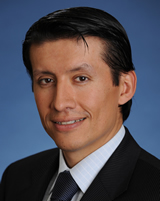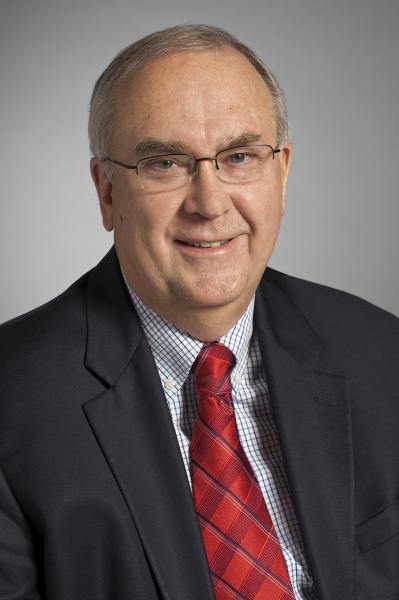OMVC integration into NAB draws widespread praise
This week’s announcement that NAB would integrate the role played by the Open Mobile Video Coalition (OMVC) effective Jan. 1 has garnered praise from many of those working to make Mobile DTV a viable broadcast service.
The move is generally seen as the successful culmination of the inaugural phase of Mobile DTV during which the groundwork was laid to give the fledgling service the foundation needed to become a reality.

As the transition from OMVC to NAB happens several important milestones have already been achieved, including completion of the necessary standards work by ATSC, development of a viable Mobile DTV ecosystem of broadcasters, receiver manufacturers and others, the addition of new technology components, such as non-real-time services and Mobile-EAS, and most importantly the on-air presence of Mobile DTV service in more than 35 markets covering roughly 55 percent of the people in the country.
“OMVC has been resoundingly successful in laying the groundwork,” says Erik Moreno, senior VP of Corporate Development at the Fox Network Group and co-general manager of the Mobile Content Venture.

Sterling Davis, chairman of the OMVC Technical Advisory Group (OTAG), is positive about the transition. “It’s a good next phase,” he says. “We are moving into a commercialization phase and out of the creative (phase).”
Davis, who will continue his technical activities under the NAB umbrella for at least six months, says Mobile DTV is at a good launching point. “I wish it were two years ago where we are today,” he says. “I think we are behind in getting it rolled out, but that’s the nature of a startup business.”

For her part, OMVC executive director Anne Schelle says she is proud of what the coalition accomplished. “That includes 35 station groups and getting a new technology out the door in just over five years,” she explains. “We accomplished the mission of technology development, market advocacy. Market building happens at NAB.”
The professional video industry's #1 source for news, trends and product and tech information. Sign up below.
Jim Kutzner, senior director, Advanced Technology, at PBS and a major player in the development of the Mobile Emergency Alert System add-on to Mobile DTV, says Schelle deserves praise for driving Mobile DTV to the finish line. “The coalition was created to get Mobile DTV going, and it has accomplished its mission,” says Kutzner. “It was time to turn it into a different type of organization or fold it into the NAB.
“NAB is a technology and policy organization, that’s my view, and those are two of the primary work products of OMVC.”

Jay Adrick, VP Broadcast Technology at Harris and one of the earliest and most influential advocates of Mobile DTV, says the transition is a new chapter in the book. “Now is the time to go mainstream and to be sure everything is integrated with digital television. There is no better way to do that than to be part of NAB,” says Adrick.
“I applaud two people in particular,” he says. “One is Anne Schelle for the great work she did in five years keeping the organization together and going in the right direction. The other person is Sterling Davis, who as chairman of OTAG led his group and worked with ATSC to get us a mobile standard very quickly.”
John Lawson, a founding board member of OMVC, executive director of the Mobile500 Alliance and principal of Convergence Services, says he has a mixed reaction to the news.
“The coalition was the focus of innovation within the broadcast industry, and it has done a lot of good over the five years of its existence,” says Lawson, who was the president and CEO of the Association of Public Television Stations at the outset of OMVC.

Pointing to the effectiveness of OMVC, Lawson recalls that at the 2011 International CES in Las Vegas there was a level of disarray among potential receiver manufacturers related to conditional access. “OMVC literally created a forum to resolve that issue,” he says.
Lawson’s apprehension comes from his experience with trade associations, he says. “As a trade association executive, I know it is really hard to focus on innovation when you are representing a wider range of members. That’s why I hate to see it go away as a dedicated entity,” he says.
“NAB is a fine organization and the investment in NAB Labs makes me confident that Mobile DTV will get the attention it deserves.”
